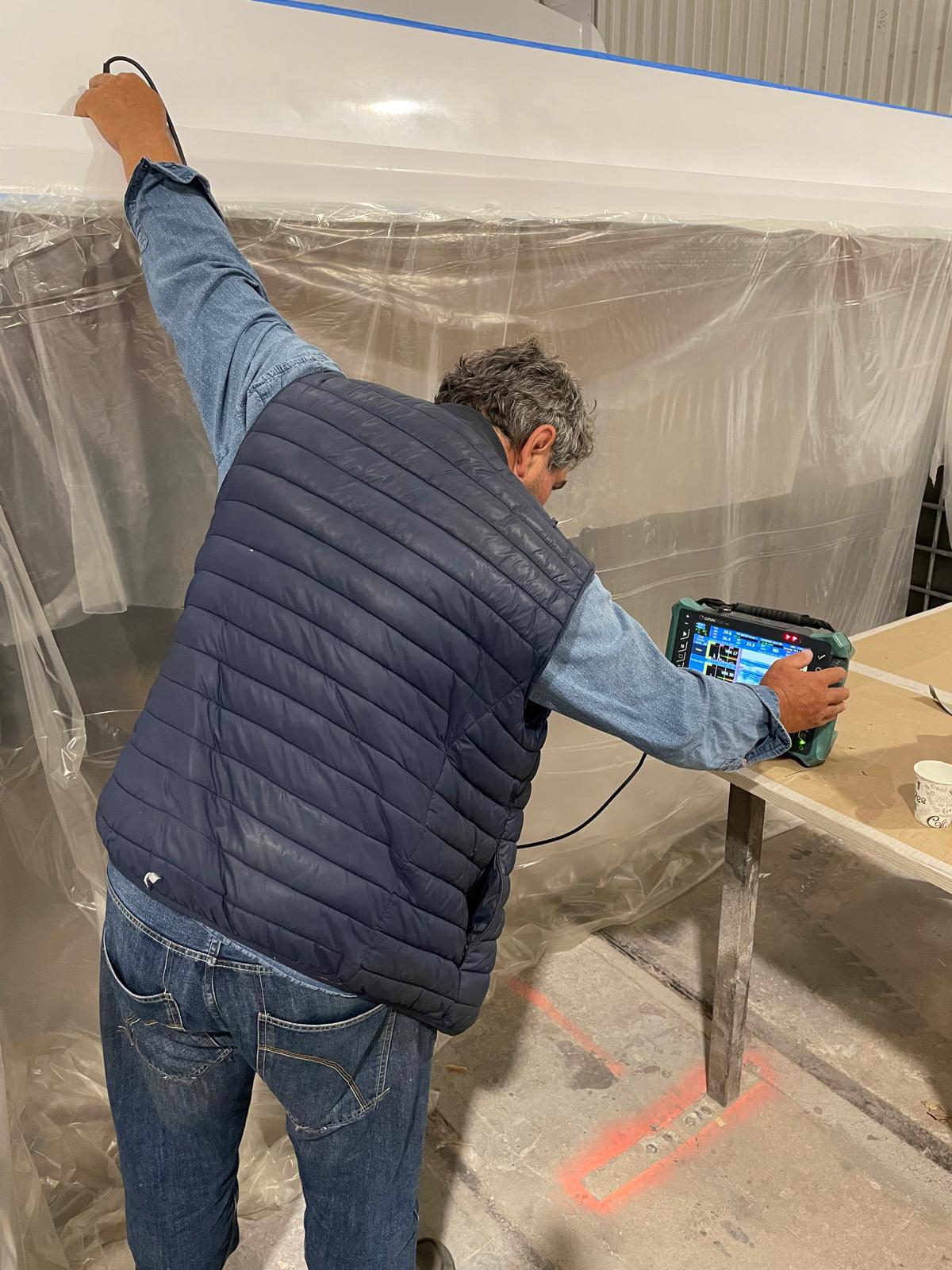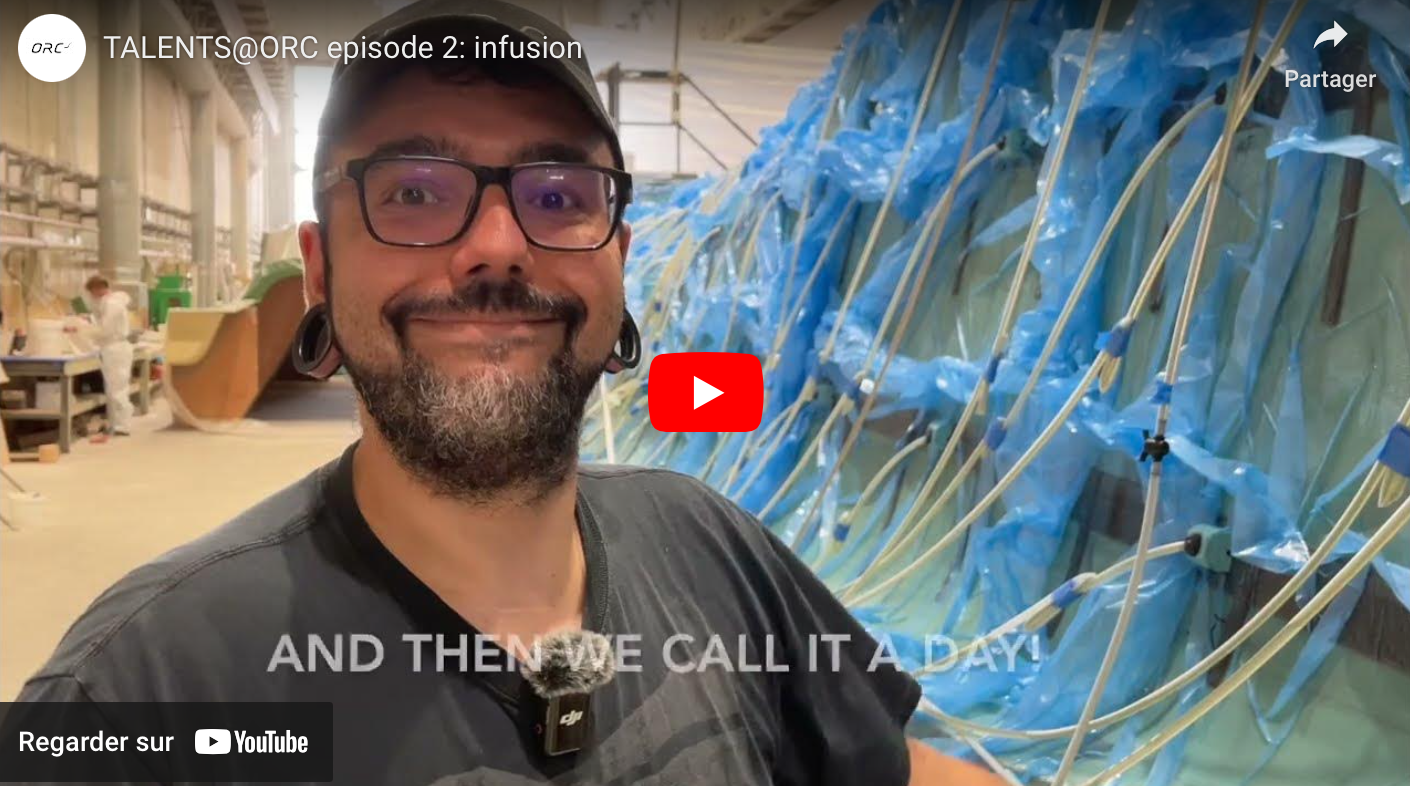Launching a new catamaran is always an exciting moment for a shipyard.
Celebrating the one-year anniversary of its acquisition by Grand Large Yachting group, the Lorient-based ORC has created a momentum during the Cannes Yachting Festival 2024 by introducing the ORC52.2 to the numerous visitors and worldwide media attending the show.
Based on the ORC50 – of which 26 units were built – the ORC52.2 is both a visible evolution of the exterior, but also a kind of revolution of her interiors.
While her silhouette has been fine-tuned by the naval architect Christophe Barreau, her interior design has been revamped by Franck Darnet: minimalist yet contemporary and warm.
With already a first unit ordered, the ORC52.2 is starting a promising career, and will seduce not only the discerning sailors looking for blue water adventure, but also those in the quest of sensations at the helm. The ORC52.2 is what an ORC will always be: a simple, light and fast catamaran.
Have a look here at the first renderings and let us know what you think!
The ORC Team












